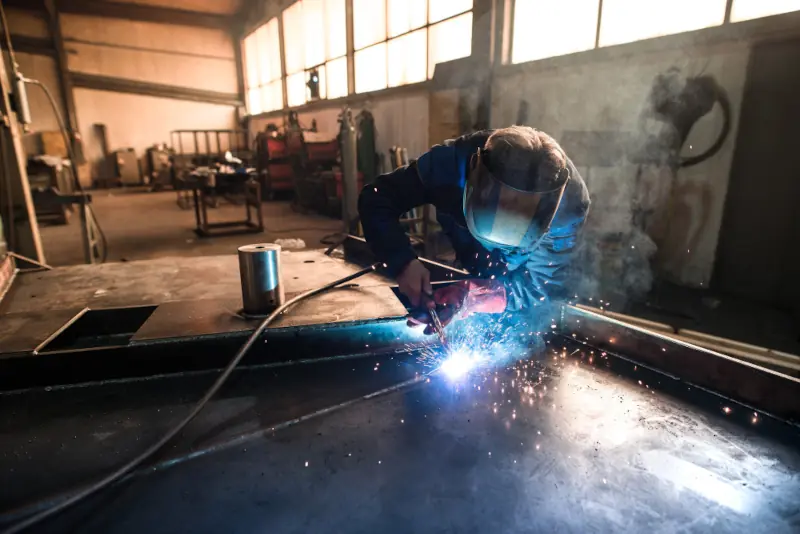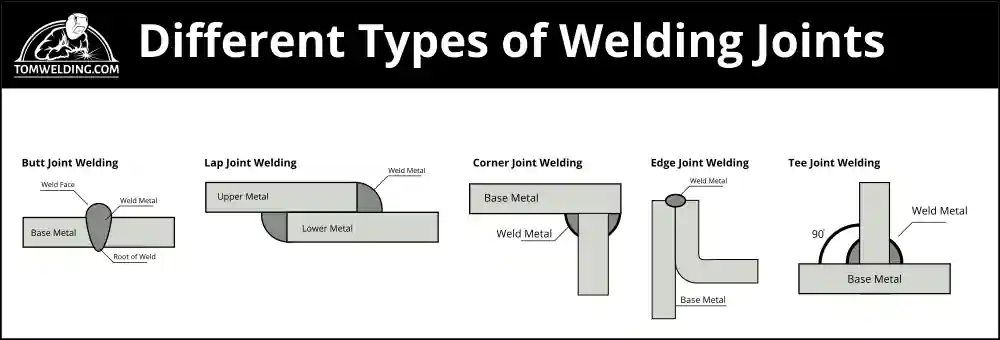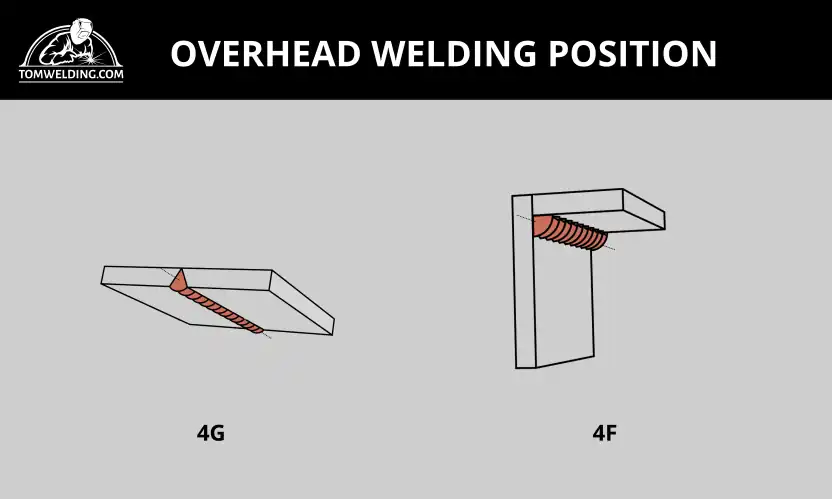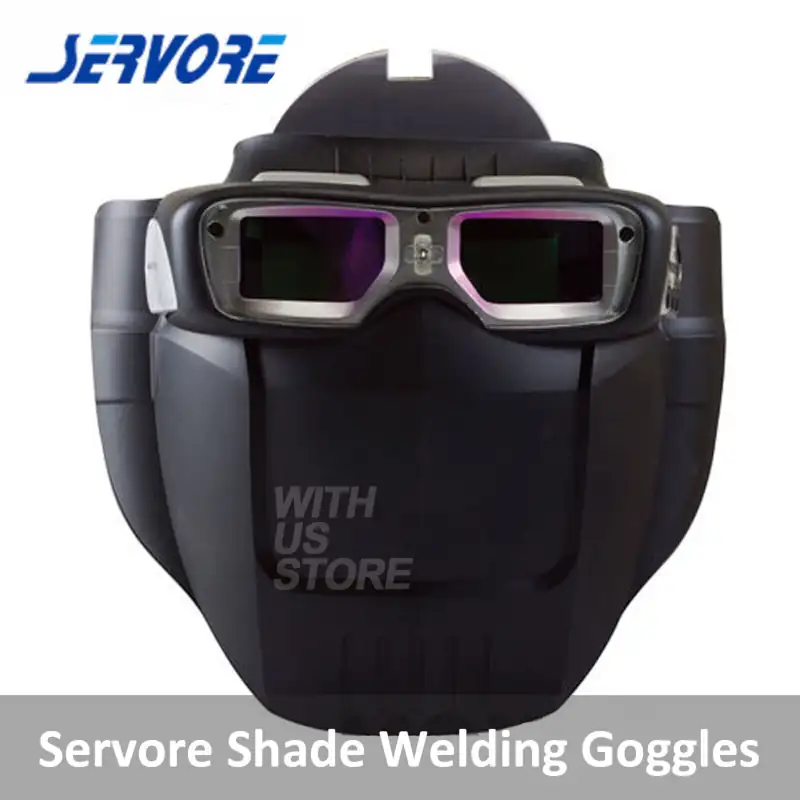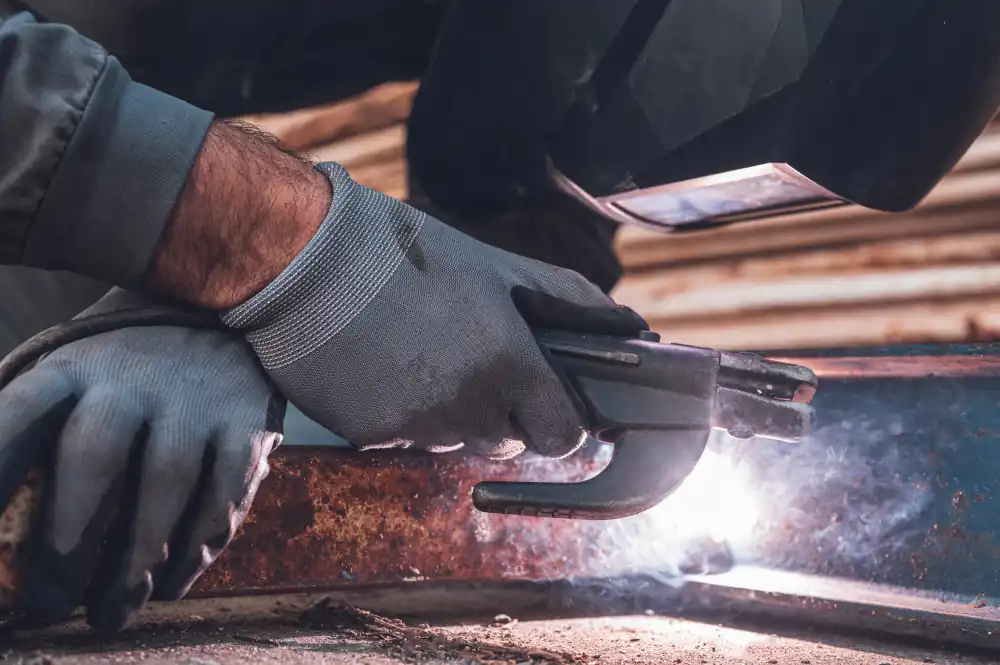Beginners can easily achieve aluminum welding with the right techniques and equipment. In this comprehensive guide, we will cover everything you need to know to weld aluminum successfully.
We will start by understanding the basics of aluminum and its alloys, including what makes welding aluminum unique. We will then explore different welding methods, like TIG and MIG, to help you choose the best process for your project.
Proper filler metals, welding machines, and safety gear are also critical, so we will delve into equipment considerations as well. Once you understand the fundamentals, we will dive into specific aluminum welding techniques for controlling heat, managing speed and stability, and preparing surfaces.
Common mistakes can ruin an otherwise solid weld, so we will troubleshoot issues with porosity, cracking, and defects. Optimizing your workspace, using proper ventilation, and implementing safety practices are also essential for high-quality, safe welding.
With the help of these proven tips and a commitment to continuous skill-building through training and certifications, you can become an expert aluminum welder. So let’s begin unleashing the full potential of welding this versatile metal!
Understanding the Basics of Aluminum Welding
The Unique Properties of Aluminum
Aluminum reacts differently to welding than steel because of the way it is made. To help you understand the basics, here they are:
- High thermal conductivity—Aluminum moves heat around much more quickly than steel. In other words, the heat from the arc spreads out quickly, which makes it harder to weld aluminum.
- High thermal expansion: When aluminum is welded, the heat makes it expand very quickly. To avoid problems after cooling, it’s important to use the right fixtures.
- Strong oxide layer on the surface—Air exposure creates an oxide layer that can contaminate welds if it is not removed.
- High reflectivity: The shiny surface can make the welding arc bounce back, which can lead to issues like the arc wandering.
- Crack-prone: Aluminum’s low melting point and high rate of contraction when it cools down can lead to hot cracking.
By knowing these properties, welders can take into account the special needs of aluminum when they are welding.
Different Types of Aluminum Alloys
There are many different aluminum alloys, each with their own welding characteristics:
- 1xxx series: pure aluminum alloys like 1100 are very soft and ductile but have low strength. Easy to weld.
- 3xxx series: Mn is added to improve strength while maintaining good formability and corrosion resistance. Prone to cracking.
- 5xxx series: Mg is added, offering excellent corrosion resistance for marine applications while retaining good weldability.
- 6xxx series: Si and Mg are added to create strong extruded alloys. More crack-sensitive and require special fillers.
Welders must select compatible fillers and adjust techniques depending on the alloy. 5xxx and 6xxx series aluminum see the most welding use for structures and vehicles, respectively.
Pre-Welding Aluminum Preparation
Preparing aluminum for welding properly is critical:
- Remove surface oxides with stainless steel brushes or chemical baths
- Use cleaning solvents like acetone to remove oils, paint or dirt
- Clamp pieces firmly to prevent distortion and enable heat sink
- Bevel thick edges to ensure proper penetration into the joint
- Choose suitable environments; avoid drafts and humidity
Taking these steps prevents contamination while also mitigating cracking and distortion risks during welding.
Choosing the Right Welding Method
Pros and Cons of TIG Welding
TIG welding is a popular choice for aluminum. Benefits include:
- Very high quality and clean welds possible
- Allows precise control of welding variables and parameters
- Low heat input decreases risk of cracking and distortion
- Can weld thin aluminum like foil or sheet metal?
The TIG process has some downsides as well:
- Complex coordination of torch, filler rod, and pedal
- Slow welding speed reduces productivity
- Requires extensive operator skill and training
- High equipment costs for torch, pedal, and welding machine
Pros and Cons of MIG Welding
MIG welding leverages a continuously fed wire electrode to increase ease and speed:
- Very high deposition rates improve productivity
- Easier technique allows faster operator training
- Lower cost of entry for equipment like wire feeders
However, MIG has some disadvantages compared to TIG:
- More limited in thin-gauge or heat-sensitive metals
- Increased heat input raises distortion and cracking risks
- Potential for more splatter and smoke
- Less precise control over parameters
For simpler aluminum welding jobs where speed is preferred over quality, MIG makes sense over TIG.
Selecting the Proper Filler Metal
Choosing the best filler alloy and diameter for aluminum welding maximizes results:
- Match composition to base alloy (1xxx, 5xxx)
- Consider strength, corrosion resistance required
- Thinner wires for TIG, thicker for MIG
- Spooled wire feeds smoothly during high-speed MIG welding
Additional factors like argon gas flow rates and torch angles also depend on filler specifications to balance penetration with oxidation risks.
The Importance of a High-Quality Welding Machine
The welding machine strongly influences aluminum weld success through:
- Amperage range: Match machine output to material thickness
- Duty cycle: prevents overheating, ensures sufficient operating time
- Current control: smooth, steady arc with minimal spatter
- High frequency starting: non-contact arc initiation for inert gas welding
Additional machine features, like AC frequency controls, also fine-tune the welding arc profile and directionality to prevent electrode contamination.
Mastering Welding Techniques
Controlled Controlled Heat Input for Aluminium Welding Managing heat is crucial when welding aluminum to prevent cracking, distortion, and loss of strength.
Techniques include: preheating thicker metal to reduce thermal gradients Use lower amperage settings, closer to the minimum required Weld in short bursts rather than continuous passes. Allow sufficient cooling between weld passes.
Use copper heat sinks near the weld area Careful heat control ensures the surrounding alloy does not become overheated while still maintaining adequate penetration into the joint.
Managing Welding Speed and Arc Stability
The proper welding speed and stable arc are also critical for aluminum:
- Faster speed reduces heat input but can lack penetration
- Slower speed increases penetration but also heat effects
- Excessive travel speed increases weld spatter and smoke
- unstable arc wanders and makes puddle control difficult
Finding the right balance between speed and stability takes practice. For example, 5356 aluminum alloy typically requires a welding speed of around 10–14 inches per minute with TIG.
Cleaning and Preparing the Aluminum Surface
Chemical and Mechanical Cleaning Methods
Effective aluminum cleaning removes contaminants and oxides:
- Solvents (acetone) dissolve organics like oil or grease
- Alkaline baths react with oxides to release hydrogen gas
- Acid solutions like nitric acid also eliminate oxides
- Abrasives like stainless steel wire brushes scrub the surface
These methods expose a fresh, reactive aluminum surface and prevent hydrogen porosity in finished welds. Proper PPE is mandatory when handling hazardous chemicals.
The Role of Surface Oxides in Weld Quality
Removing aluminum’s surface oxide layer is vital because:
- Oxides have a higher melting point than aluminum
- They can get trapped in the weld pool and cause porosity
- The oxide layer does not alloy with the filler metal
- Oxides absorb hydrogen that is released as gas during welding
Pre-weld oxide removal and using welding grade shielding gas prevents oxygen from reaching the weld area during cooling. This avoids entrained oxides and contamination.
Avoiding Common Aluminum Welding Pitfalls
Addressing Porosity Issues
Minimizing porosity when welding aluminum requires:
- Thorough joint cleaning to prevent gas bubbles
- High purity shielding gas flow rates >25 CFH
- Correct torch angles to protect puddle and molten metal
- Proper welding parameters matched to material thickness
If porosity forms, try increasing filler metal deposition rate and arc travel speeds to “outrun” escaping gas bubbles before they become trapped.
Preventing Weld Cracking
Hot cracking is a major risk in aluminum alloys. Welders can reduce the cracking tendency by:
- Balancing heat input based on alloy/temper type
- Using adequate filler alloy that matches the base metal
- Allowing sufficient preheat and interpass temperature
- Reducing restraints on the joint during welding
Proper welding stress relief patterns also help prevent crack formation during cooling. Peening between passes can help break up tensile residual stresses.
Optimizing Your Work Environment
Setting Up an Efficient Workspace
An optimized aluminum welding workspace improves quality and safety:
- Use dedicated, isolated welding area free of drafts
- Ensure adequate ventilation for fumes with exhaust hoods
- Protect surfaces from spatter and arc flash with covers
- Position materials at comfortable working height
- Stage tools, filler rods, and a torch are within easy reach
A clean, uncluttered space allows smooth workflow and movement during the welding process without contamination risks.
Controlling Temperature and Humidity
Shop temperature and humidity impact aluminum welding:
- Keep room temperature steady between 60-80°F
- Lower humidity, below 50%, prevents moisture absorption
- Avoid condensation with proper insulation
- Preheat metal in colder conditions before welding
Controlling ambient conditions prevents hydrogen-related porosity, limits distortion, and improves weld appearance.
Troubleshooting Weld Defects
Identifying and Rectifying Common Weld Defects
Knowing typical aluminum weld flaws allows their correction:
- Porosity: gas bubbles trapped. Check gas flow, torch angle, and cleanliness.
- Undercut: grooves along the weld. Reduce travel speed, increase filler rate.
- Spatter: metal particles expelled. Lower the amperage, change the torch angle/tip.
Other possible flaws like cracking, lack of fusion, or distortion can be minimized through improved fixturing, joint preparation, and parameter adjustment.
Fine-Tuning the Welding Parameters
Carefully dialling in settings like amperage, wire feed speed, travel pace, and arc length maximizes quality:
- Listen to weld sound for crisp, steady crackle
- Ensure full joint penetration without burn-through
- Aim for even ripple pattern with sufficient overlap
- Watch for and prevent excess spatter, smoke, or instability
An experienced welder develops a feel for the right parameters through practice and gradual fine-tuning during defects.
Using Proper Welding Safety Practices
Personal Protective Equipment (PPE)
Safely welding aluminum requires proper protective gear, like:
- Welding helmet with appropriate shade filter (shade 10-12)
- Flame-resistant clothes like leather jackets and pants
- Heat-resistant gloves for handling hot metals
- Steel-toe boots to prevent foot injuries if heavy items are dropped
Using complete PPE protects against injuries like eye damage, burns, inhalation of fumes, and spatter damage. Proper training in gear use minimizes exposure.
Ventilation and Fume Extraction
- Managing welding fumes prevents long term health issues:
- Use portable exhaust systems to capture fumes
- Ensure adequate replacement airflow into workspace
- Install fixed ventilation ducting if possible
Use respirators when necessary to protect against hazardous fumes. Proper ventilation and fume extraction help maintain a safe and healthy work environment, reducing the risk of respiratory problems and other health issues associated with welding fumes.
Regular Maintenance and Inspections
Performing regular maintenance and inspections on welding equipment is crucial for safety and optimal performance:
- Check and clean welding torches, cables, and connections regularly
- Inspect gas hoses for leaks or damage
- Ensure proper grounding of equipment to prevent electrical hazards
- Replace worn-out or damaged parts promptly
- Regular maintenance and inspections help identify potential issues early on and prevent accidents or equipment failure during the welding process.
Continuous Training and Education
Staying up to date with the latest welding techniques, safety practices, and equipment advancements through continuous training and education is essential:
- Attend workshops, seminars, and training sessions offered by welding organizations and manufacturers
- Read industry publications and online resources for the latest information
- Practice new techniques and procedures under the guidance of experienced welders
- Continuous training and education improve skills, enhance safety awareness, and ensure compliance with industry standards.
By following these best practices, welders can effectively and safely weld aluminum, producing high-quality welds while minimizing the risk of accidents, defects, and health hazards.

